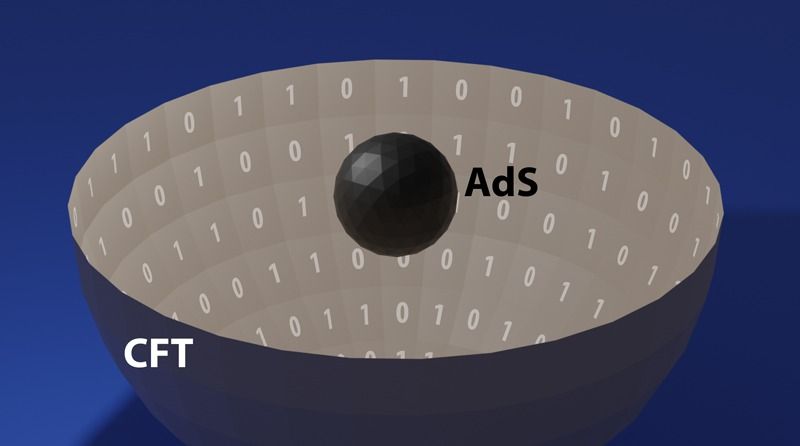String theory provides a microscopic description of the entropy of certain theoretical black holes—an important step toward understanding black hole thermodynamics.
In the 1970’s, theorists determined that black holes have entropy [1], a remarkable finding that points at analogies between these spacetime singularities and systems of particles, such as classical gases. The crucial proof was provided by Stephen Hawking, who demonstrated, using a quantum-mechanical framework, that black holes radiate as if they were black bodies with a specific temperature [2]. The analogy was completed by extending all four laws of thermodynamics to black holes [3]. In thermodynamics, entropy is an important bridge between the macroscopic and the microscopic world: In a gas, for instance, entropy relates macroscopic heat transfer to the number of available microscopic states of the gas molecules. Providing a similar microscopic explanation of black hole entropy is an important test for theories that aim to unify gravity and quantum mechanics.
